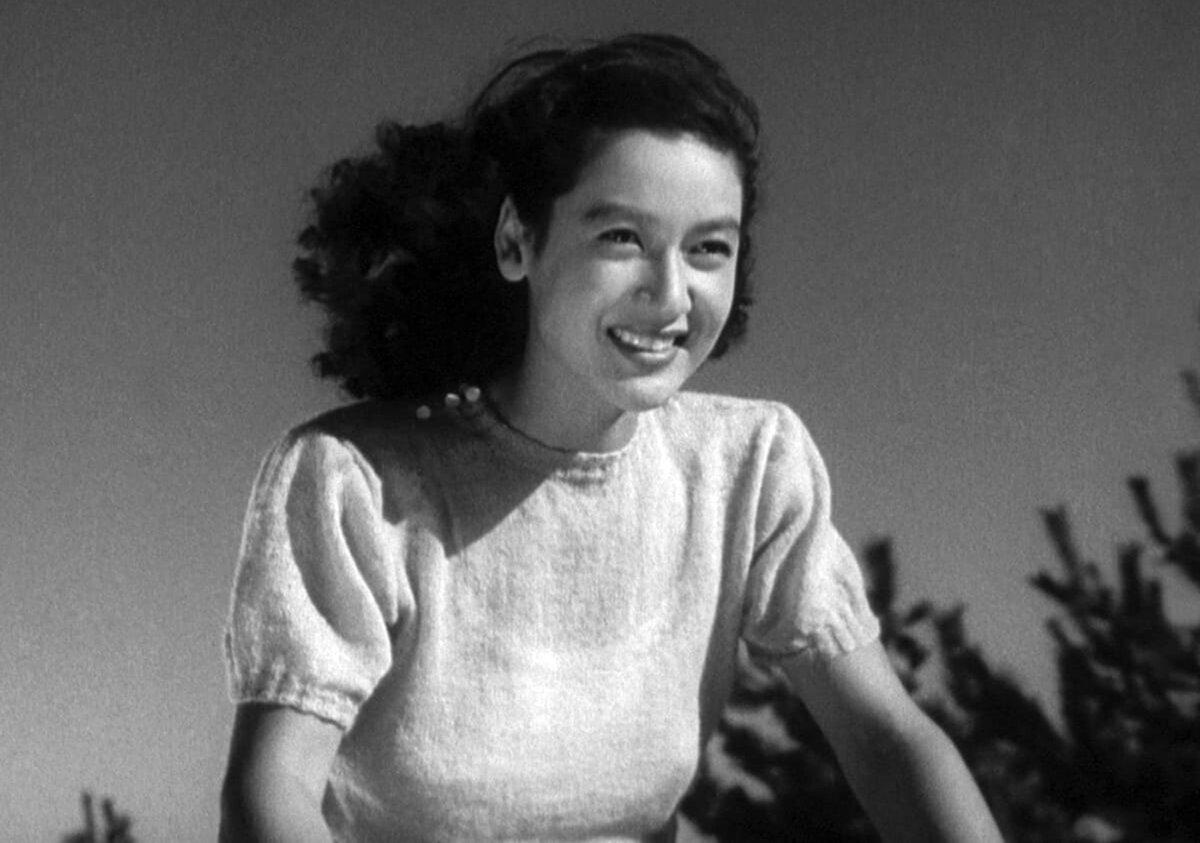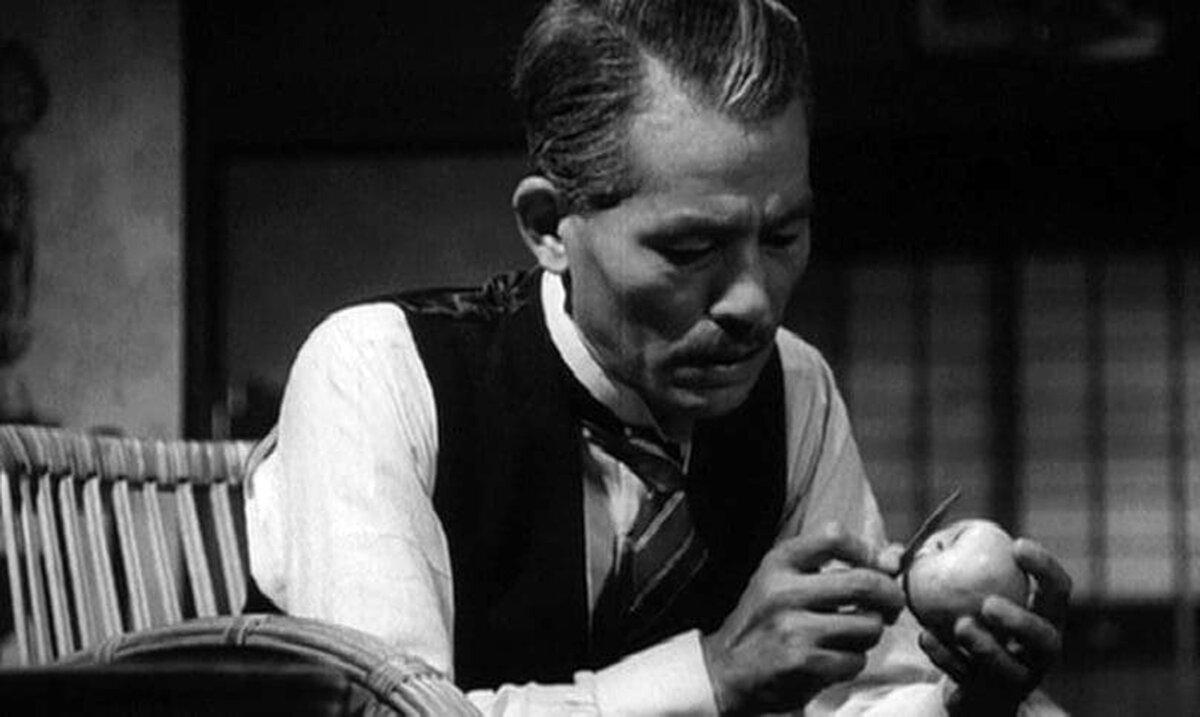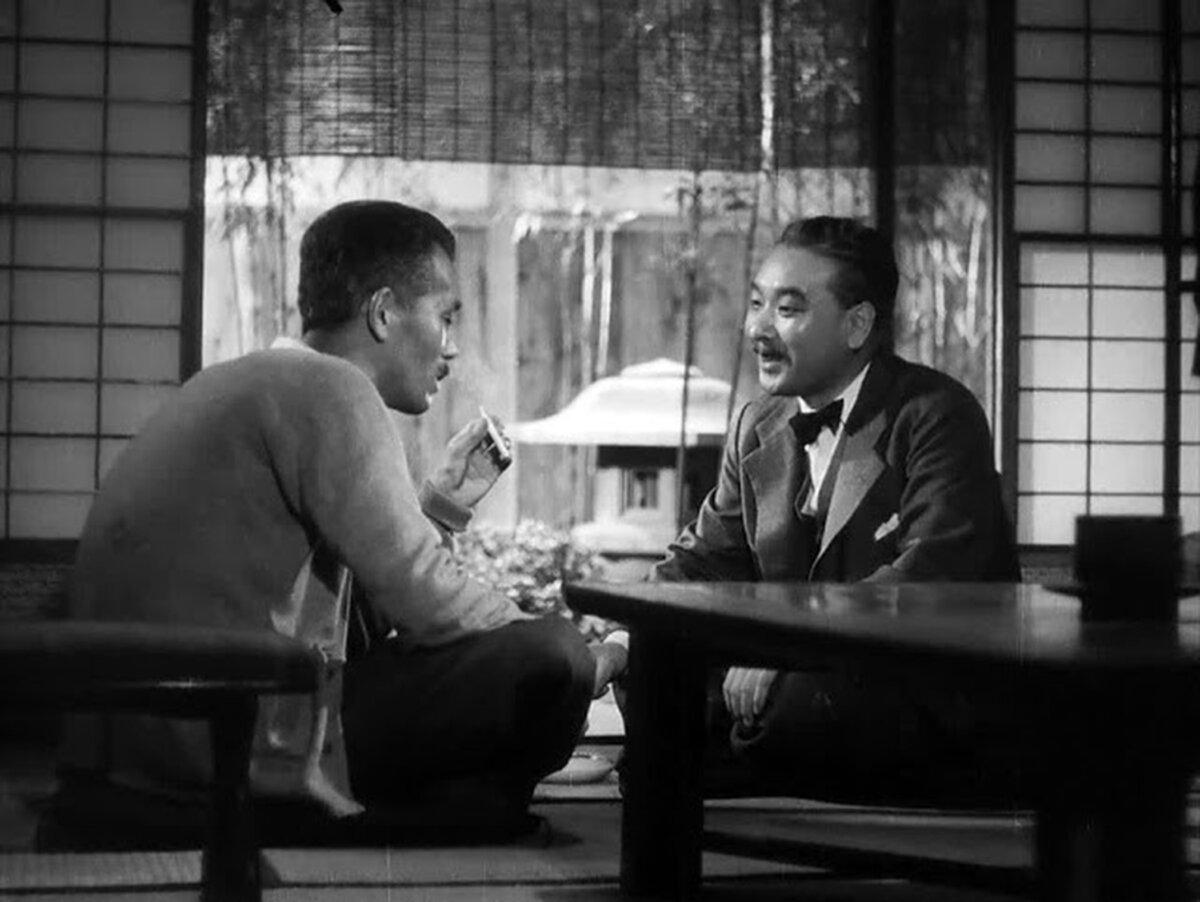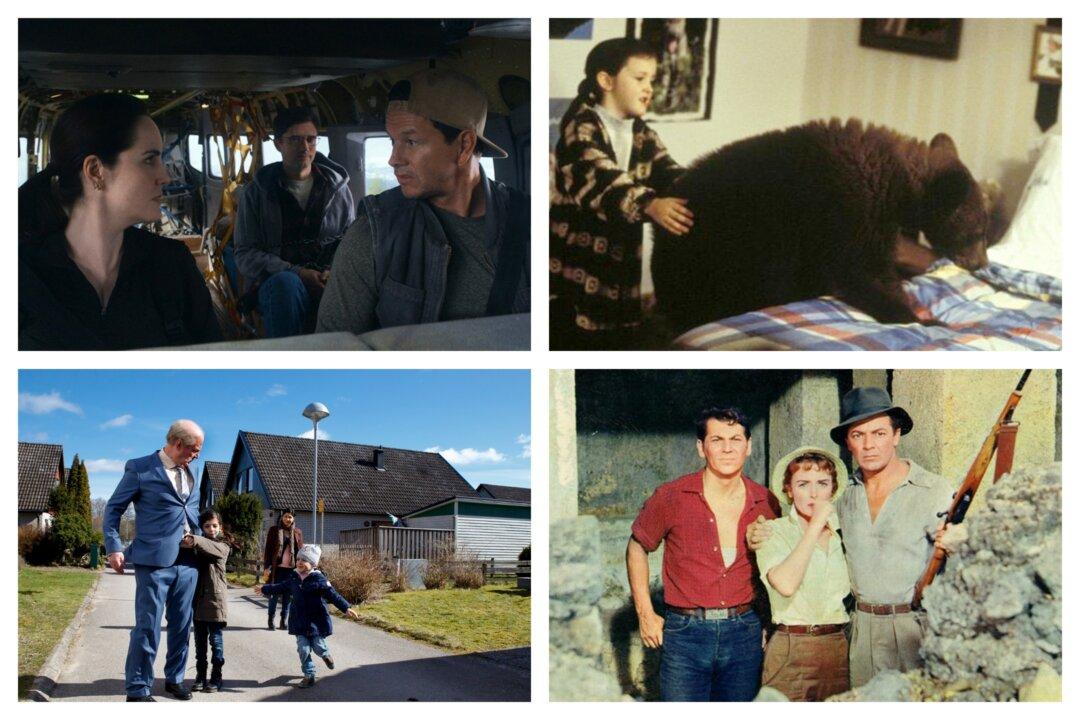NR | 1h 50m | Comedy, Drama | 1949
Yasujiro Ozu stands as one of cinema’s most influential directors; his work has quietly shaped subsequent generations of filmmakers. While celebrated directors like Akira Kurosawa and Jean Renoir captivated audiences with dazzling techniques, Ozu crafted films that explored life’s quieter yet profound moments. His serene, melodic portrayals of family, marriage, and mortality resonate as poetic celebrations of both nature and humanity. These stories unfold with deliberate pacing, making Ozu’s distinct cinematic language legendary.
“Late Spring” (1949) is often hailed as the pinnacle of Ozu’s artistry, a film that encapsulates his signature style and rich themes. At its heart, the story revolves around the delicate push and pull between a father and daughter. She reluctantly considers marriage out of a perceived duty to her father, and her father urges her toward marriage because it’s traditional and he believes it’s what she desires. This emotional interplay unfolds with unparalleled authenticity. The film has been praised as the director’s most “perfect work.”

A Daughter’s Quiet Rebellion
Noriko Somiya (Setsuko Hara), a cheerful and dutiful 27-year-old, lives a peaceful life with her widowed father, professor Shukichi Somiya (Chishu Ryu). After her mother’s passing, Noriko stepped into the role of caretaker, managing the household and supporting her father with unwavering devotion. Theirs is an extremely close bond, and their life together is harmonious. Noriko is content in her role and dismisses the idea of marriage.However, cultural norms weigh in heavily on Noriko’s present and future. Friends and family insist that it’s time for her to marry. Her father is hesitant at first, but he soon begins to encourage the idea, framing it as a natural next step. Noriko’s resistance stems from both her devotion to her father and an unspoken fear of change. She believes her father depends on her entirely; disrupting their life feels like a betrayal of the quiet happiness they’ve built.
Yet, later in the film, the sudden prospect of Shukichi remarrying raises unsettling questions: If someone else takes Noriko’s place, what would become of Noriko’s identity and purpose?
Familial Bonds at the Crossroads of Change

Central to the story is the tender yet shifting bond between a father and daughter, framed with an intimacy that draws viewers in while allowing space to observe their unspoken emotions. Against the backdrop of post-war Japan in transition, the film delicately explores the issues surrounding marriage—remarriage, divorce, arranged unions, and personal sacrifice—reflecting a society grappling with both tradition and modernity.
Noriko’s playful disdain for her uncle’s remarriage and her father’s careful respect for her feelings illustrate a cultural crossroads. Marriage, once an unquestioned part of life, is now fraught with choice and consequence. Noriko resists, viewing it as a loss of self, yet feels the pressure of a society that demands conformity.
Shukichi’s love for Noriko is unwavering, but he recognizes the expectations surrounding her future that he feels responsible for addressing. His care for her well-being is tempered by the realization that she will soon face a world far different from the one he once knew.

The Film’s Quality
Chishu Ryu and Setsuko Hara give powerful performances, capturing the nuanced emotional landscapes of their characters. Ryu’s portrayal of the father is imbued with quiet strength, expressing years of wisdom and unspoken affection. Hara, in turn, beautifully conveys Noriko’s inner turmoil, masking her emotional struggles behind a veneer of cheerfulness, complete with an ever-present smile. Their chemistry feels authentic, which makes their connection seem that much more believable throughout the film.“Late Spring” explores how personal lives intertwine within the broader contexts and currents of societal change. It tells a story of quiet sacrifices, familial bonds, and the painful process of letting go. Ozu’s deft touch and subtle storytelling create a deeply human experience that’s well worth your time.








